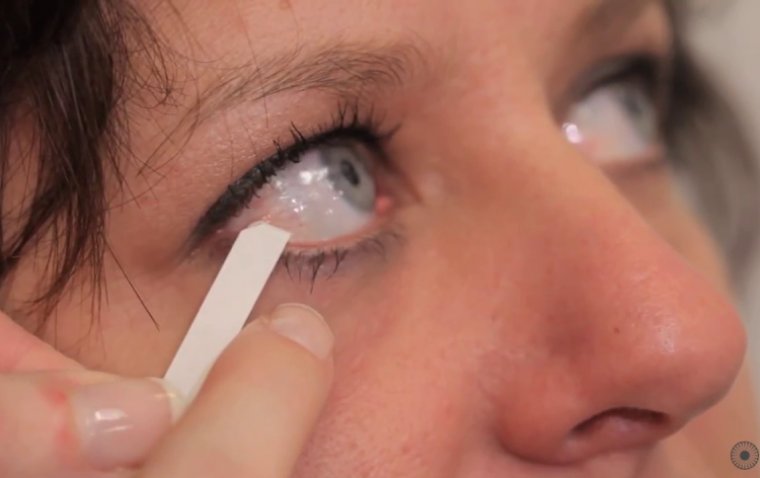
Global Myopia Rates in Children and Teens Expected to Surpass 740 Million by 2050
A new analysis published in the British Journal of Ophthalmology reveals that nearly one in three children and teens worldwide is expected to be affected by myopia by 2050, translating to over 740 million cases. This trend reflects a significant rise from 36% in 2020-2023, compared to 24% in 1990-2000.
.jpg)
A bar chart showing Projected Myopia Prevalence by 2050
.jpg)
A line chart showing Global Prevalence Trends of Myopia in Children (1990-2023)
Factors Influencing Myopia Prevalence
Key factors influencing myopia prevalence include female sex, East Asian or urban area residence, and higher educational levels. The study found that East Asia, particularly Japan, showed the highest prevalence, while Paraguay had the lowest. Countries with significant urban populations, such as Japan and parts of Southeast Asia, reported a considerably higher prevalence rate.
Myopia, or short-sightedness, typically begins in early childhood and worsens with age. The primary risk factors are low gestational age and birthweight, but environmental factors, such as less time outdoors and increased screen time, also play a role. The study points out that females tend to show higher rates due to factors like early puberty, reduced outdoor activity, and increased engagement in close-range tasks.
Increasing Risk and Future Trends
According to the analysis, global myopia prevalence is expected to rise to 40% by 2050, up from 600 million cases in 2030. Prevalence is projected to be higher among girls compared to boys and will be notably greater in low to middle-income countries compared to high-income nations. The COVID-19 pandemic may have also accelerated these trends, potentially worsening vision deterioration due to increased indoor activities and screen time during lockdowns.
Myopia rates are expected to be particularly high among older children and adolescents. For example, projected rates in 13–19-year-olds are 43% by 2030 and 52.5% by 2050, compared to 21% and 27.5%, respectively, among younger children.
.jpg)
A bar graph showing Myopia Prevalence Based On Age Group And Gender (2050)
Reasons Behind Geographic Disparities
The researchers suggest that rapid economic development and early formal education in East and South Asia could be factors contributing to these disparities, as these regions also have a significant rise in myopia prevalence. In contrast, African populations tend to show lower prevalence, potentially due to lower literacy rates and delayed entry into formal education.
"Emerging evidence suggests a potential association between the pandemic and accelerated vision deterioration among young adults," the researchers noted. This highlights the role of environmental factors in exacerbating myopia risks.
Recommendations and Acknowledgments
The study also advocates for increased physical activity and reduced screen time for children and teens to combat the rising rates of myopia. The researchers acknowledged certain limitations, such as variable study quality and differences in myopia assessment. Despite these challenges, they stress that their estimates are close to the actual figures and urge the recognition of myopia as a future global health burden.
"Despite these known limitations, given the large sample size included, our estimates of the prevalence of myopia are considered to be close to the precise number," they wrote. They added, "It is crucial to recognize that myopia may become a global health burden in the future."
References:
- British Journal of Ophthalmology. "Global prevalence of short-sightedness in children and teens set to top 740 million cases by 2050."
- National Center for Biotechnology Information (NCBI). "The role of environmental factors in the development of myopia."
- World Health Organization (WHO). "Myopia - A growing global concern."
- The Impact of the COVID-19 Pandemic on Children's Vision.
(1).jpg)










